Rare Rides Icons: The Abandoned Bugatti EB 112, a Super Sedan

Power, luxury, exclusivity, and grand touring driving enjoyment. The Bugatti EB112 promised all those adjectives in spades were it ever actually produced. But it was born at a very difficult time in the company’s history, and the super sedan never made it beyond the concept stage.
However, due to some interesting timing at the company level, the EB112 was not just a one-off concept. In fact, there are three in existence.
Bugatti had recently exited a very long slumber around the time of the EB112. Founded in 1909, the sporty luxury carmaker first produced cars in 1910 and wrapped up its initial production in 1962 with the Type 252. Ownership passed in 1963 to Hispano-Suiza, who did precisely nothing with Bugatti for decades. Bugatti was dormant until 1986 when Hispano-Suiza (which is still alive as a company) sold it on to Italian entrepreneur Romano Artioli. Artioli dusted the cobwebs off Bugatti, and it was under his ownership the brand returned to the world stage with a new supercar, the dorky-looking EB 110, that debuted in fall 1991.
Company reestablished, Artioli knew Bugatti meant more than just supercars. He wanted the Bugatti name on a fine grand touring super sedan. The new Bugatti’s design work was handled by the legendary Giorgetto Giugiaro himself, at Italdesign. Giugiaro sculpted the organic and aerodynamic shape without a single sharp crease anywhere on its body. With minimal adornment, the sedan’s only notable exterior brightwork was at the expected horseshoe waterfall grille at the front. The sweeping, fastback rear featured a split rear window and a small rear lamp arrangement. A large Bugatti badge and small chrome lip for lifting the trunk lid were the only notable trim at the rear. Full alloys with fins recalled the Bugatti Type 50 from the Thirties.
The sedan’s interior was suitably organic as well. Giugiaro designed a sculpted cockpit around the driver and front passenger, separated by a wide center console. Trim was mostly ruched leather and polished aluminum, with nary a tree to be found. The look was a bit bespoke, a bit parts bin (Bentley steering wheel?), and comes off almost like an early 2000s Oldsmobile. Rear accommodation was generous, with two leather chairs separated by a center console. Said console did not make it to all three examples.
Not shy on power, the EB 112 was equipped with Bugatti’s own Volkswagen-developed V12. With six liters displacement, it was a modified version of the engine in the EB 110. The EB 110’s engine had quad turbochargers and produced 553 horsepower but in the more restrained EB 112 the engine was naturally aspirated. It produced a more modest 450 horses, and 479 lb-ft of torque. The sedan used the same six-speed manual as the EB 110, and the same permanent four-wheel-drive system. Performance for the EB 112 was stated as a 0-62 time of 4.3 seconds, and a top speed of 186 miles per hour (300 km/h). Unlike the EB 110, the 112’s power was housed at the front. Weight was kept low (3,968 lb.) via a body composed entirely of aluminum, and the carbon fiber chassis from the EB 110. But the chassis sharing was not without considerable alteration: The sedan was on a 122-inch wheelbase, 22 inches longer than its brother. EB 112 had a modest overall length of 199.6 inches, just four more than a modern Toyota Avalon.
The EB 112 was ready for its debut at Geneva in March of 1993 and was shown as a complete and functioning concept. Unfortunately, the world had not yet seen the Porsche Panamera and was not quite prepared for a large fastback sedan with unconventional proportions. The effort was not for naught, as the EB 112 went on to inspire two other abandoned four-door concepts from Bugatti: the W18-powered EB 218, and the W16-powered 16C Galibier. Both absurd cars were developed under Volkswagen’s ownership of Bugatti.
While reviews were generally not positive for the 112, Bugatti had bigger concerns. Between 1991 and 1995, Artioli’s Bugatti was able to sell just 139 EB 110s, as it (like the XJ220) was very expensive and released just in time for a global recession. Bugatti went bankrupt in 1995, but Artioli happily kept control of the other brand he’d purchased in August of 1993, Lotus. At the time, only the EB 112 concept existed ( A second car, was in the works but not finished. There was also a bare-bones third chassis where work had just begun,
The bankruptcy proceeded forward but took some time to complete – December of 1998. It saw Bugatti become a subsidiary of the Volkswagen Group, where it remained until July of 2021. Bugatti headquarters remained in Molsheim, France. However, Volkswagen did not purchase all of Bugatti’s assets.
The original EB 112 concept car was owned by Italdesign and remains in the company’s possession to this day. The other two EB 1112 chassis and their extant components were packaged with a lot of spare Bugatti parts and sold off at auction. The buyer was Gildo Pallanca Pastor, a businessman based in the small hamlet of Monaco. Keenly interested in cars, Pastor owns the Monaco Racing Team and French supercar manufacturer Venturi. He brought the chassis and parts to their workshop. “Build these, will you?” he asked.
The race team set to work and completed the mostly finished and the barely begun Completion of the cars took some time. When was completed, it was already February of 2000. The car was originally ordered in April of 1993 by a Swiss Bugatti importer. The 002 sedan was finished in a dark metallic gray and sold to a Russian customer. The remaining car was also finished and became the personal vehicle of Pastor. Pastor used it as an occasional driver around Monaco for quite some time, at least through 2013. It is perhaps still in his possession.
The middle sibling has resurfaced, as its Russian owner decided to part ways with it. The EB 112 has been registered in Switzerland since 2003 and accumulated just 2,400 miles over the past 20 years. In pristine running condition, its buyer will be one of the handful of people globally whose car wears a “BUGATTI AUTOMOBILI PROTO” plaque on it. It’s priced by request, but you knew that already.
[Images: Bugatti]

Interested in lots of cars and their various historical contexts. Started writing articles for TTAC in late 2016, when my first posts were QOTDs. From there I started a few new series like Rare Rides, Buy/Drive/Burn, Abandoned History, and most recently Rare Rides Icons. Operating from a home base in Cincinnati, Ohio, a relative auto journalist dead zone. Many of my articles are prompted by something I'll see on social media that sparks my interest and causes me to research. Finding articles and information from the early days of the internet and beyond that covers the little details lost to time: trim packages, color and wheel choices, interior fabrics. Beyond those, I'm fascinated by automotive industry experiments, both failures and successes. Lately I've taken an interest in AI, and generating "what if" type images for car models long dead. Reincarnating a modern Toyota Paseo, Lincoln Mark IX, or Isuzu Trooper through a text prompt is fun. Fun to post them on Twitter too, and watch people overreact. To that end, the social media I use most is Twitter, @CoreyLewis86. I also contribute pieces for Forbes Wheels and Forbes Home.
More by Corey Lewis
Latest Car Reviews
Read moreLatest Product Reviews
Read moreRecent Comments
- Jeff If we are worried about the Chinese spying on us and gathering information then we need to make certain specifications on vehicles imported from China that would lessen any concerns about this. I don't see how we could eliminate all information gathering especially if that vehicle has connectivity to your phone.
- ToolGuy Oh look what's this?
- Jkross22 Gotta stop the spying Chinese!!!! Please. These parasites don't care about spying unless they're the ones profiting. US Commerce Secretary... another useless job that should be done away with.
- Canam23 I've rented them and found them...fine. I wish Ford had continued with or came up with a new generation Fusion which was a far better sedan.
- MaintenanceCosts The ES will do well in an electric version, assuming it's more thoroughly baked than the half-finished RZ. There's plenty of the Lexus customer base who use planes whenever they travel and don't need to drive their own cars outside the metro area.



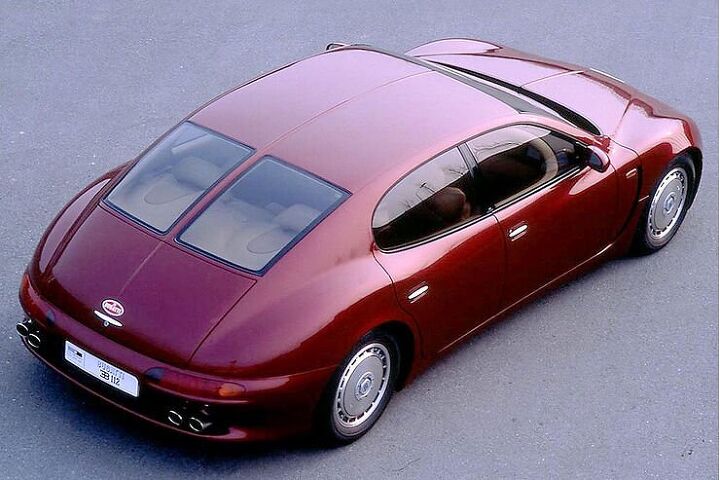



















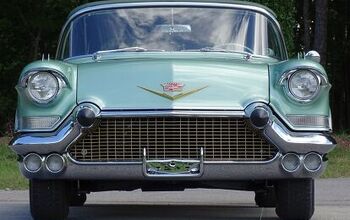

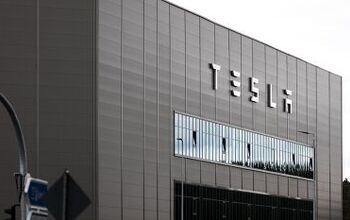
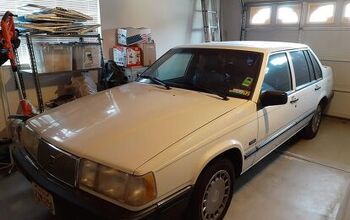
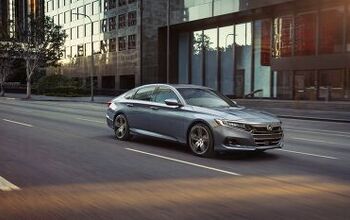
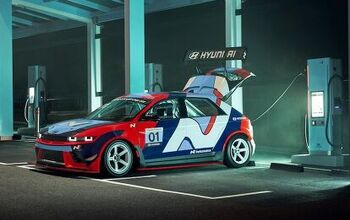
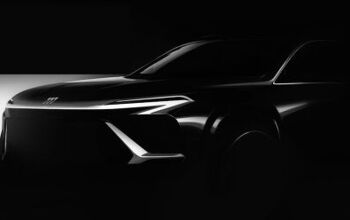

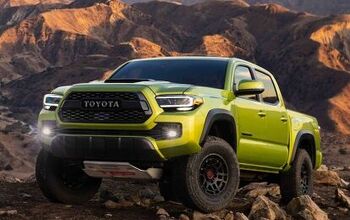
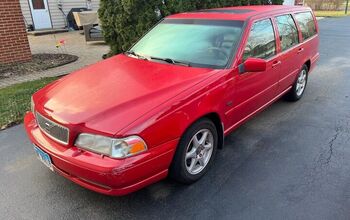

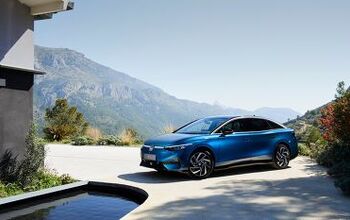

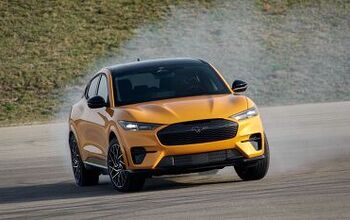

Comments
Join the conversation
Artioli built a new factory for Bugatti in Campogalliano, Italy. It was really cool. When it closed in 1995 people simply walked off. Parts and half finished cars were sitting around in the plant. Cigarette butts sat in ashtrays on paper strewn desks in the offices. It sat frozen in time for a couple of years then everything was auctioned off. One of the major US car mags, I think it was Car and Driver, published a really cool photo essay on it. The factory is still there. Empty and unused for decades. A calendar from September, 1995 — when it closed — is still on the wall in one of the offices. As for that car — what a turd. Should’ve been painted matte brown.
Bugattis have never done a thing for me since the classic days of the 57S https://inspgr.id/app/uploads/2012/01/549a-automotive.jpg Or the Royale https://cimg1.ibsrv.net/ibimg/hgm/1600x900-1/100/433/1932-bugatti-royale-type-41_100433945.jpg Perhaps they need a SUV... /s